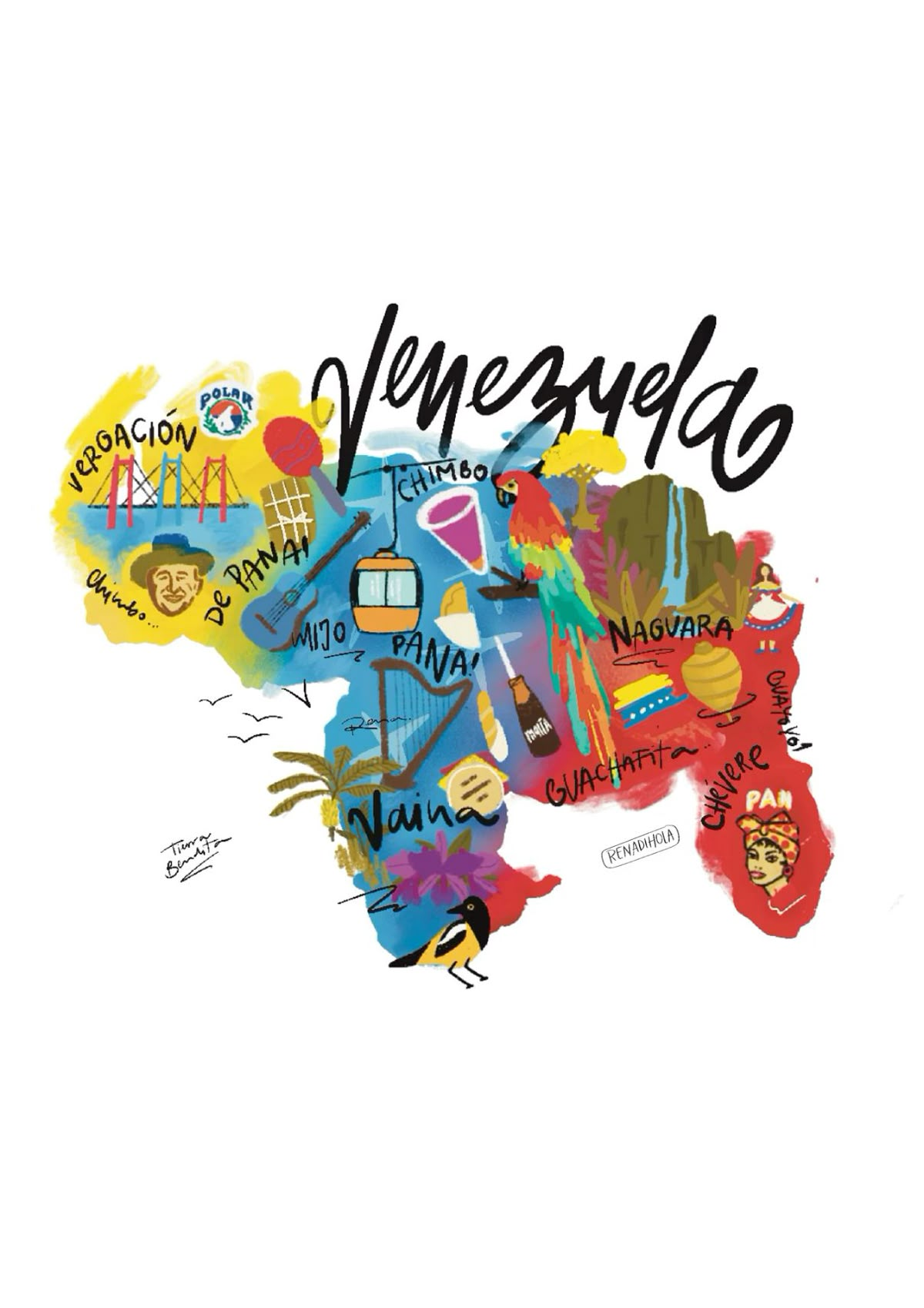Venezuela, a country known for its breathtaking landscapes, rich cultural heritage, and vast natural resources, has been in the global spotlight for various reasons. From its stunning Caribbean coastline to the mighty Andes Mountains, Venezuela is a land of diversity. However, in recent years, the country has faced economic turmoil, political instability, and humanitarian crises. This blog explores Venezuela’s history, economy, tourism, and current challenges while maintaining a balanced perspective.
A Glimpse into Venezuela’s History
Venezuela was colonized by Spain in 1522 and gained independence in 1811, becoming one of the first South American nations to break free from Spanish rule. Led by Simón Bolívar, Venezuela played a crucial role in the liberation of several Latin American countries. Over the decades, Venezuela has seen periods of economic prosperity, particularly during the oil boom, but has also endured political upheavals and financial crises.
Venezuela’s Economy: From Wealth to Crisis
The Oil Boom and Economic Growth
Venezuela boasts the world’s largest proven oil reserves. The country experienced an economic golden age in the 20th century, largely fueled by petroleum exports. The oil industry contributed to rapid urbanization and infrastructural development, making Venezuela one of the wealthiest nations in South America.
Economic Collapse
Despite its oil wealth, mismanagement, corruption, and over-reliance on petroleum led to severe economic problems. The collapse of oil prices in the 2010s, combined with government policies, hyperinflation, and political instability, resulted in one of the worst economic crises in modern history. As a result, millions of Venezuelans have fled the country in search of better opportunities.
Venezuela’s Natural Wonders and Tourism
Despite its challenges, Venezuela remains a paradise for nature lovers and adventure seekers. Some of its top tourist attractions include:
1. Angel Falls – The world’s tallest waterfall, located in Canaima National Park.
2. Los Roques Archipelago – A stunning Caribbean paradise known for its white sandy beaches and crystal-clear waters.
3. Roraima Mountain – A fascinating tabletop mountain that inspired Arthur Conan Doyle’s novel The Lost World.
4. Mérida and the Andes – A region filled with scenic beauty, adventure sports, and the famous Mérida cable car.
Despite its tourism potential, the country’s political and economic instability has significantly impacted the industry.
Social and Political Challenges
Hyperinflation and Food Shortages
Venezuela has faced hyperinflation, leading to the devaluation of its currency and severe shortages of basic necessities such as food, medicine, and fuel. This has created a humanitarian crisis, with many people depending on remittances from relatives abroad.
Political Turmoil
The country has witnessed political tensions between the government, led by Nicolás Maduro, and opposition parties. Allegations of electoral fraud, human rights violations, and restrictions on free speech have led to protests, international sanctions, and diplomatic tensions.
Migration Crisis
The economic collapse has forced over 7 million Venezuelans to leave their homeland, making it one of the largest migration crises in the world. Neighboring countries like Colombia, Peru, and Brazil have received large numbers of Venezuelan refugees.
The Future of Venezuela
The future of Venezuela remains uncertain. While some hope for economic recovery and political stability, the country faces significant challenges. Reforms in governance, diversification of the economy, and international cooperation could play a role in shaping a better future for Venezuela.
Conclusion
Venezuela is a country of contrasts—rich in natural beauty yet struggling with economic and political crises. Despite these challenges, Venezuelans remain resilient and hopeful for change. Whether it’s the awe-inspiring landscapes or its vibrant culture, Venezuela continues to captivate the world.

